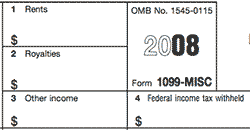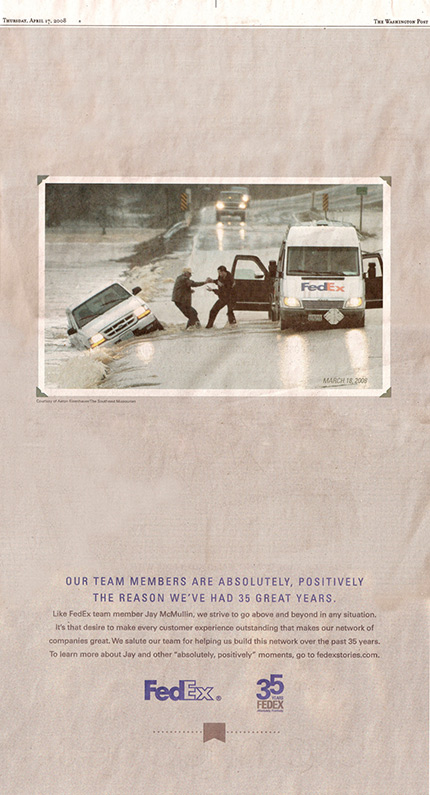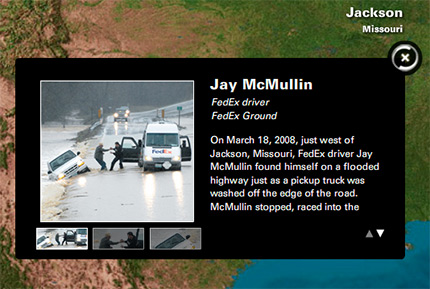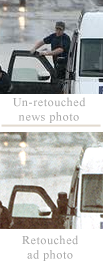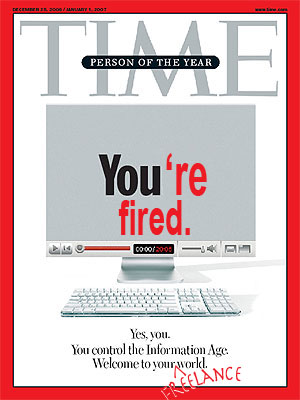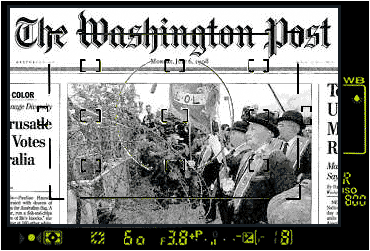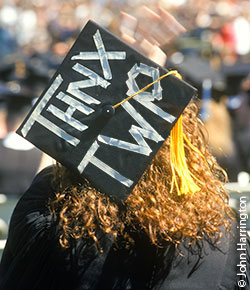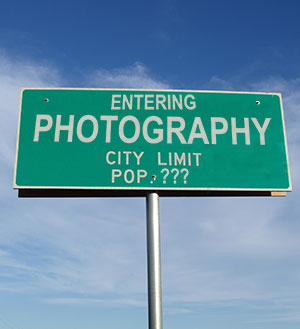Cultivate Your Creative Talents
 If, by some strange convergence of the force, you have been able to combine your creative talents with a level of business acumen necessary to sustain it, do not forget about that creativity. That tap is a well from which you can always draw. Yet, to leave those well waters stagnant, is to neglect your sustaining abilities. The more you draw from that well, the more clear, and refreshing it will be. If you neglect to think yourself, and use other people's ideas for great imagery, giving them utterance only, you will fall far short of your own abilities, and what you are capable of.
If, by some strange convergence of the force, you have been able to combine your creative talents with a level of business acumen necessary to sustain it, do not forget about that creativity. That tap is a well from which you can always draw. Yet, to leave those well waters stagnant, is to neglect your sustaining abilities. The more you draw from that well, the more clear, and refreshing it will be. If you neglect to think yourself, and use other people's ideas for great imagery, giving them utterance only, you will fall far short of your own abilities, and what you are capable of.
Journalist
Please post your comments by clicking the link below. If you've got questions, please pose them in our Photo Business Forum Flickr Group Discussion Threads.

